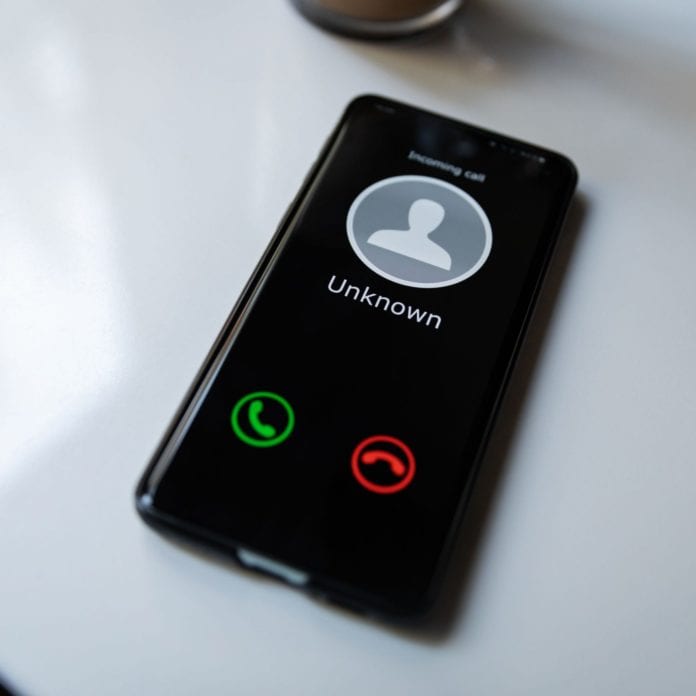Robocall mitigation efforts are having an impact, according to new information from Transaction Network Services (TNS). But do consumers feel the difference? Not necessarily—or at least, not yet.
TNS analyzes more than 1.6 billion calls across carrier networks each day as the basis for its data. The company said that over the past 12 months, total robocall volume was up just slightly: an increase of just 2% from 2020, to 78.9 billion unwanted calls.
But from November to December of 2021, unwanted calls saw a sharp drop of 18%, from 6.9 billion to 5.7 billion. That’s not just a month to month drop, it also represents a nearly 20% decrease from the volume of spam and scam calls made a year earlier, during December 2020.
Robocalls are also down “considerably” from pre-pandemic levels in 2019, TNS said — robocalls were at 106.9 billion in 2019.
But when there are still billions upon billions of robocalls coming in, consumers aren’t necessarily feeling any relief. TNS conducted an American consumer survey recently and only 38% of those surveyed said that they thought they’d received fewer calls during the pandemic than before it.
Other findings from TNS’ latest numbers:
-Robocall volumes fluctuated over the course of 2021, rather than seeing a steady drop due to to mitigation efforts. The month with the highest volume was January, and then the number of calls dropped precipitously in February and slowly built back up again for a second peak in October 2021 of 7.7 billion. Calls then dropped to 7 billion in November and 5.7 billion in December.
It’s worth noting that June 30 was the Federal Communications Commission’s deadline for major network operators to implement the STIR/SHAKEN framework to authenticate that voice calls are actually coming from the caller ID associated with the call. Incoming calls that are likely to be spam can be labeled for consumers, so that they can choose whether or not to answer, or suspect calls can be blocked altogether. All three of the national carriers met that deadline.
-STIR-SHAKEN appears to be working, but robocall operators are trying to get around it. TNS said that Tier 1 networks accounted for fewer than 5% of “high-risk” robocalls — those most likely to be scams/spam.
-As operators have implemented the call authentication framework known as STIR/SHAKEN, robocall operators have shifted their operations to smaller providers who haven’t put it in place yet, or VoIP providers, in an effort to dodge the crackdown. Most unwanted calls are now originating on the networks of Voice over IP providers, TNS said: VoIP providers accounted for 68% of high-risk robocalls during 2021.
-The most commonly used area codes for scam calls to originate from include numbers from Texas, California, Georgia, Arizona and Ohio.
In 2020, the FCC estimated that the financial benefit of eliminating the wasted time and nuisance caused by illegal scam robocalls would exceed $3 billion annually, out of an estimated $10 billion that fraudulent robocalls cost Americans annually.

